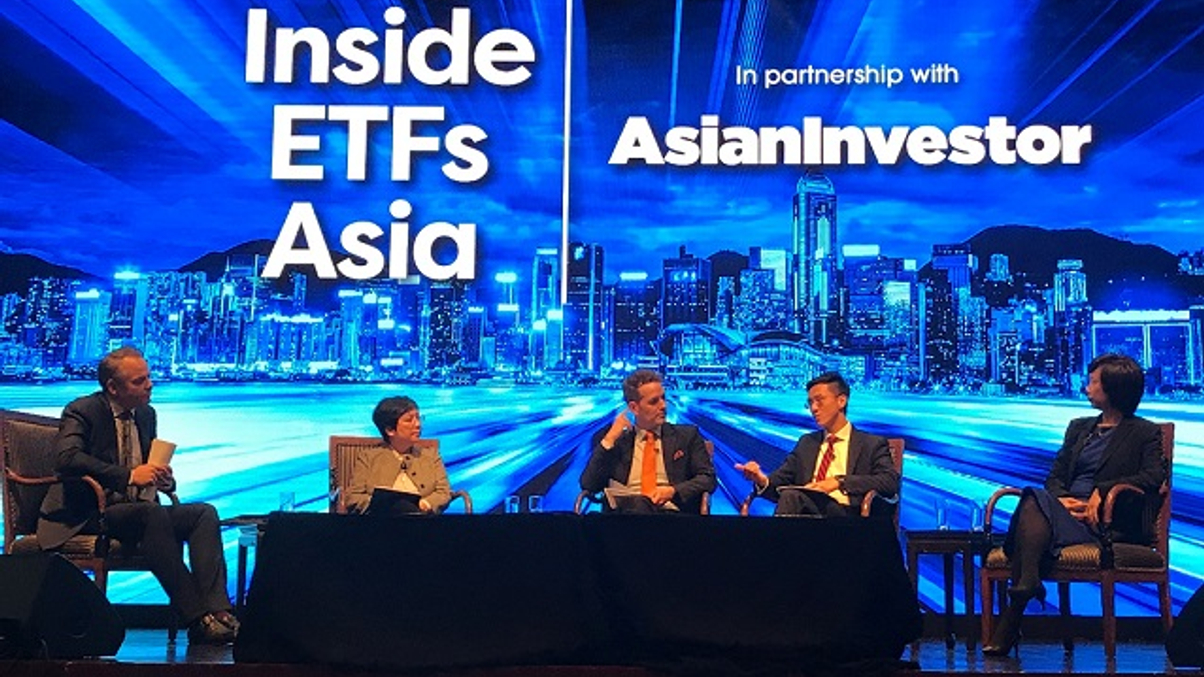Why instos like Axa stay away from fixed income ETFs
At the Inside ETFs Asia forum, index providers and portfolio managers said fixed income ETFs were becoming more popular but Axa highlighted the issues still holding them back.

Investors evidently like fixed income exchange-traded funds, despite the difficulties in replicating a bond index, but some big asset owners need more convincing if they are ever to invest in them, delegates at the Inside ETFs Asia forum heard on Wednesday.
Sign In to Your Account
Access Exclusive AsianInvestor Content!
Please sign in to your subscription to unlock full access to our premium AI resources.
Free Registration & 7-Day Trial
Register now to enjoy a 7-day free trial—no registration fees required. Click the link to get started.
Note: This free trial is a one-time offer.
¬ Haymarket Media Limited. All rights reserved.


